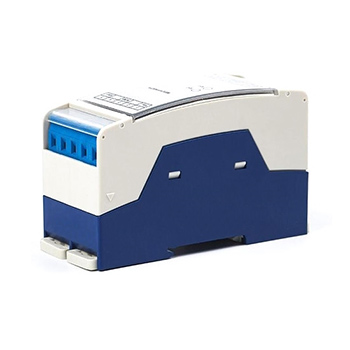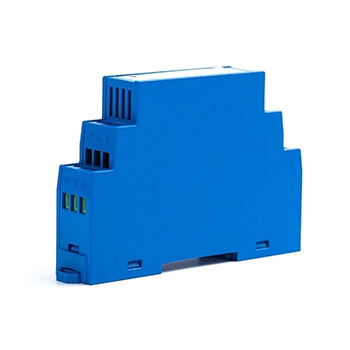What is the Function of Voltage Sensor?
Today we will introduce what is a voltage sensor and its working principle and function. We hope that after reading this article, you will have a clearer understanding of voltage sensors.
A voltage sensor is a sensor that senses the voltage being measured and converts it into a usable output signal. In various automatic detection and control systems, voltage sensors, often need to track and collect high-speed changing AC and DC voltage signals.
Voltage sensors are mainly used to measure voltage or current signals with severe waveform distortion in the power grid. It can also measure non-sinusoidal waveforms such as square waves and triangular waves. Compared with traditional transformers and shunts, voltage sensors have the advantages of high accuracy, fast response, good linearity, wide frequency band, strong overload and no loss of measurement energy, etc. It has been widely used in electric power, electronics, and inverter devices, switching power supplies, AC frequency conversion speed regulation and many other fields.
The voltage sensor performs spectrum analysis for more complex voltage waveforms. Such signals may be strong signals such as high voltage and high current, or may be weak currents with poor load capacity or signals with small amplitudes. In these cases, it is necessary to use a suitable voltage sensor to collect the voltage signal that cannot be directly measured or does not match, so as to obtain a standardized, electrically isolated voltage signal.

For AC voltage measurement, a voltage transformer can be used as a sensing element. That is, a voltage transformer is used to reduce the voltage under test to a usable low voltage. Then, it is converted into a DC voltage that is linear with the measured voltage through the relevant circuit and sent to the data acquisition system and A/D converter.
When the measured voltage is a DC voltage, a voltage divider resistor can be used as a sensing element. Therefore, the resistance value at both ends of the component under test becomes large enough. (Generally, the power consumption should be controlled to be less than 1/1000 of the rated power of the motor under test.) This reduces the effect of losses due to this loop current on the measured value. For low voltage motors, it should be around 10KΩ.
It is worth noting that sensors are susceptible to interference from these external electromagnetic field factors.
- The magnitude and frequency of the external current near the sensor change.
- The distance between the external wire and the sensor, the shape and position of the external wire and the position of the Hall electrode in the sensor.
- Whether the material used to install the sensor is magnetic.
- Whether the current sensor is shielded.

